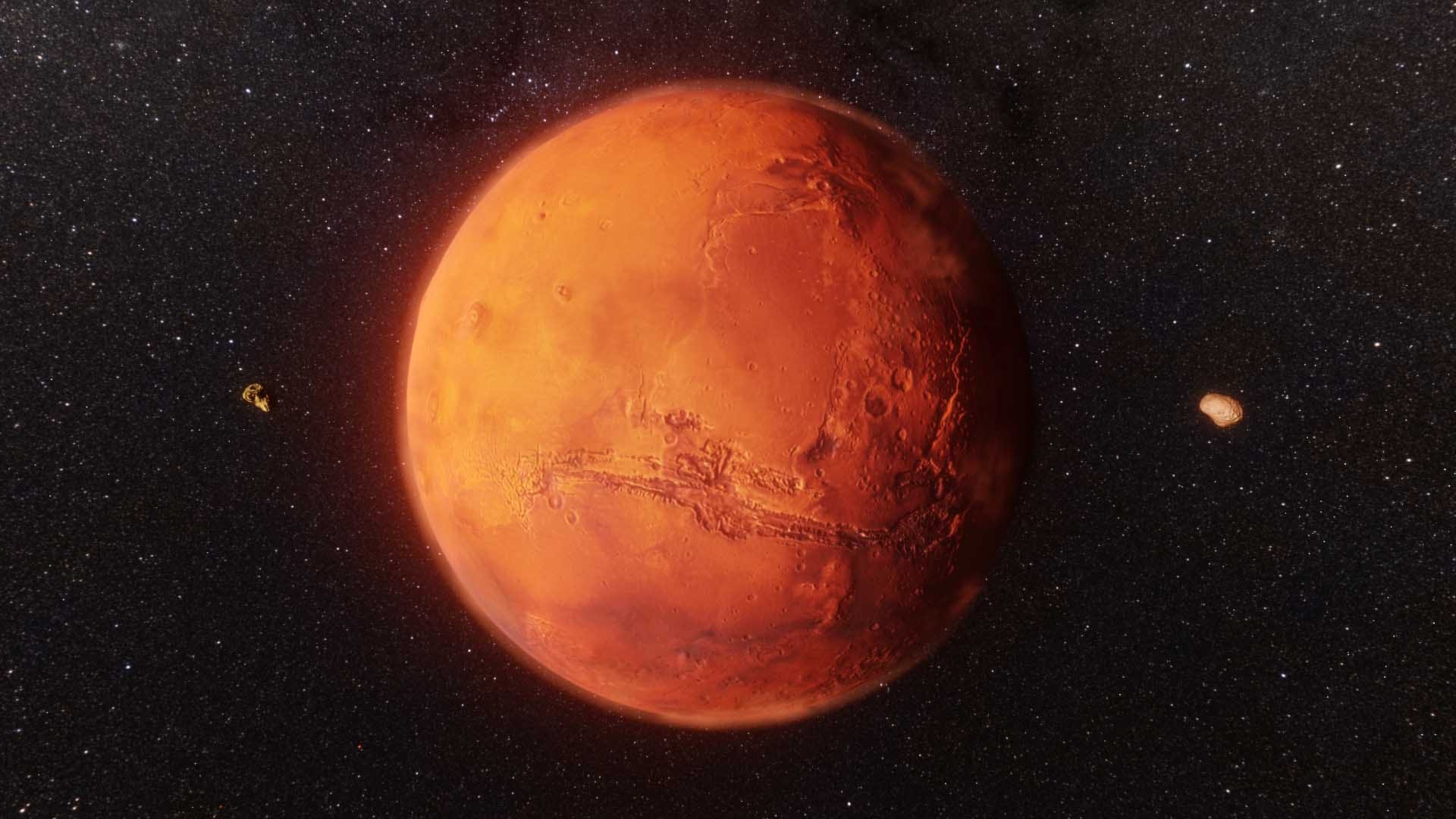Rocks From Mars Are Hitting Earth, And Their Age Reveals Puzzling Anomalies
Rocks from Mars are hitting Earth, and their age reveals puzzling anomalies. While humans have yet to set foot on Mars, the Red Planet has found its way to us.
Author:Paula M. GrahamReviewer:Rhyley CarneyNov 15, 20236.7K Shares157.6K Views

Rocks from Mars are hitting Earth, and their age reveals puzzling anomalies. While humans have yet to set foot on Mars, the Red Planet has found its way to us. Fragments of Martian rock, propelled into space through events like violent impacts, have journeyed across the Solar System, ultimately colliding with Earth.
As we gather these extraterrestrial samples, a fascinating trend has emerged. The majority of the collected rocks appear to be relatively recent formations from Mars, which is intriguing given the predominantly ancient nature of the Martian surface.
The challenge lies in accurately determining the age of these rocks. Varying dating techniques have yielded conflicting results, casting doubt on the precision of our estimates for when these Martian rocks originated.
In response to this dilemma, a collaborative team of scientists from the United States and the United Kingdom has devised a solution. To their astonishment, their findings confirm that many of these rocks are indeed quite young - mere hundreds of millions of years old. This revelation not only sheds light on the duration of the meteorites' journey to Earth but also provides valuable insights into the geological processes at play on Mars.
"We know from certain chemical characteristics that these meteorites are definitely from Mars," says volcanologist Ben Cohen of the University of Glasgow, who led the research.
“„They've been blasted off the red planet by massive impact events, forming large craters. But there are tens of thousands of impact craters on Mars, so we don't know exactly where on the planet the meteorites are from. One of the best clues you can use to determine their source crater is the samples' age.- Ben Cohen
On Earth, scientists have identified approximately 360 meteorite samples originating from Mars, with about 302 of them - the majority - classified as shergottite. Sher-gottites are a type of metal-rich Martian rock formed during intense volcanic activity.
Considering the considerable number of craters on Mars' surface, scientists have inferred that the planet is quite old. If Mars had a younger surface, volcanic activity would have likely erased many craters through the flow of molten material. Consequently, any rocks expelled from Mars should also exhibit an aged character.
However, dating shergottite samples on Earth is challenging due to their composition. Despite this difficulty, the limited information gleaned from these samples suggests that many of them are less than 200 million years old. This discrepancy has given rise to the "shergottite age paradox," perplexing scientists for decades.
Various explanations have been proposed to account for the unexpectedly youthful age of some shergottite samples. These hypotheses ranged from the possibility of a singular source for the younger shergottites to the idea that an impact event could have so drastically altered the rocks that their age appeared reset. However, these theories did not align with the observed evidence, namely the characteristics of the rocks themselves.
The technique employed to gauge the age of shergottite is called argon-argon dating, relying on the decay of radioactive potassium into argon. This decay process generates a consistent ratio of argon isotopes. By examining this ratio, scientists can ascertain the duration of radioactive decay, thereby determining the age of the rock sample.
The challenge arises from the fact that, unlike Earth, shergottite samples - originating from another planet and spending an unknown duration in space - present a more intricate scenario regarding potential sources of argon. Unlike Earth rocks, shergottite introduces five potential sources of argon, complicating the dating process.
To address this, Cohen and his team devised a corrective method to account for argon contamination from both Earth and space. "Once we did that, the argon-argon ages came out as being young and matched perfectly with other methods, like Uranium-Lead, he explains."
In their study, the researchers conducted age determinations on seven shergottite samples, yielding ages spanning from 161 million to 540 million years ago. The explanation for this age range could be attributed to the frequent bombardment of Mars, which has disrupted the older surface, revealing younger rocks underneath that have been replenished by volcanic activity. Over time, the likelihood increases that these younger rocks are excavated and ejected.
Conclusion
The possibility of ongoing Martian volcanic activity coupled with the planet's continuous exposure to impacts - estimated at around 200 impacts per year creating craters larger than 4 meters in diameter - suggests that younger rocks are periodically propelled toward Earth in a complex Solar System dynamics.
Jump to

Paula M. Graham
Author

Rhyley Carney
Reviewer
Latest Articles
Popular Articles
